help with new orchids
Sara T
5 years ago
Featured Answer
Sort by:Oldest
Comments (13)
Photo Synthesis
5 years agolast modified: 5 years agoJohn B
5 years agoRelated Professionals
Ashland Landscape Architects & Landscape Designers · Woburn Landscape Contractors · Ashburn Landscape Contractors · Cedar Hill Landscape Contractors · Chelmsford Landscape Contractors · Kahului Landscape Contractors · Pahrump Landscape Contractors · West Haverstraw Landscape Contractors · West Orange Landscape Contractors · Yukon Landscape Contractors · Abington General Contractors · Aurora General Contractors · Dorchester Center General Contractors · Hagerstown General Contractors · Roselle General ContractorsSara T
5 years agomyermike_1micha
5 years agolast modified: 5 years agoPhoto Synthesis
5 years agolast modified: 5 years agoJohn B
5 years agomyermike_1micha
5 years agolast modified: 5 years agoPhoto Synthesis
5 years agolast modified: 5 years agomyermike_1micha
5 years agolast modified: 5 years agoPhoto Synthesis
5 years agojane__ny
5 years agoPhoto Synthesis
5 years ago
Related Stories

HOUSEPLANTSHow to Grow Orchids Indoors
Orchids are the exotic aristocrats of the flower world and can make themselves comfortable in almost any home
Full Story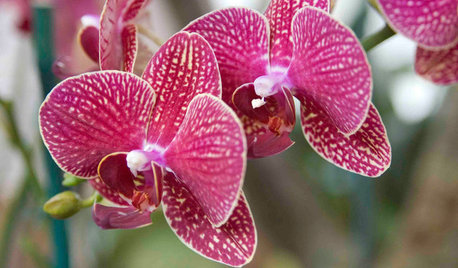
HOUSEPLANTSOrchids 101: How to Keep Your Moth Orchids Alive and Blooming
Growing Phalaenopsis — and getting it to flower again — is easier than you might think
Full Story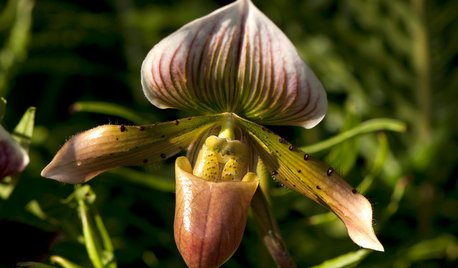
HOUSEPLANTSOrchids 101: Slipper Orchid Success
If you don’t already love Paphiopedilums, learning how to grow them with ease might change your mind
Full Story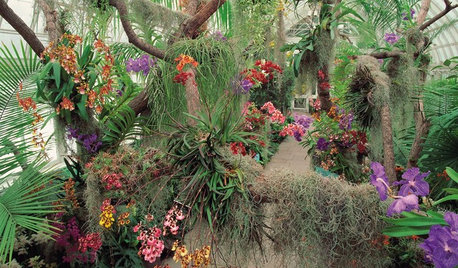
FLOWERSSee the Amazing Orchids Unfolding at a New York Garden Show
Get an eyeful of awe-inspiring orchids in incredible colors and learn how to keep one happily blooming at home
Full Story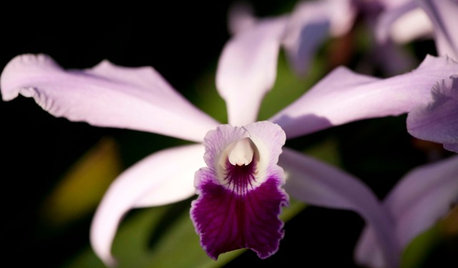
HOUSEPLANTSOrchids 101: Classic Cattleyas
These traditional corsage orchids can easily be a part of your collection of blooming plants
Full Story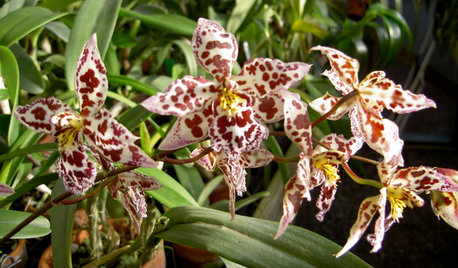
FLOWERSOrchids 101: Frilly Oncidiums Dance Their Way to Center Stage
Sprays of flowers characterize these New World orchids
Full Story
COLORBest Ways to Use Radiant Orchid, Pantone's Color of 2014
Learn how to work in this bold fuchsia-pink-purple successfully around the home, and give it a yay or nay in the Houzz poll
Full Story
MOVINGRelocating Help: 8 Tips for a Happier Long-Distance Move
Trash bags, houseplants and a good cry all have their role when it comes to this major life change
Full Story
SELLING YOUR HOUSE10 Low-Cost Tweaks to Help Your Home Sell
Put these inexpensive but invaluable fixes on your to-do list before you put your home on the market
Full Story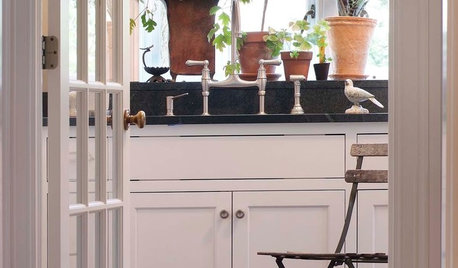
HEALTHY HOMEDecorate With Intention: Let Your House Help You De-Stress
Break free of automatic TV time and learn how to really unwind and recharge with these easy ideas that don't cost a dime
Full Story





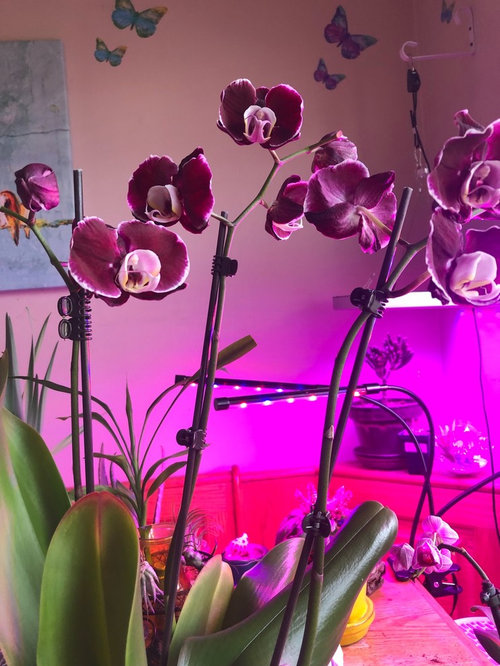
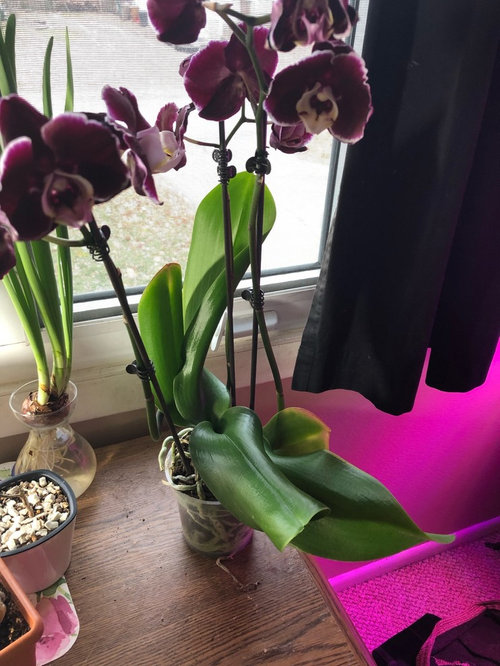


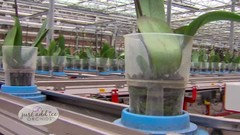
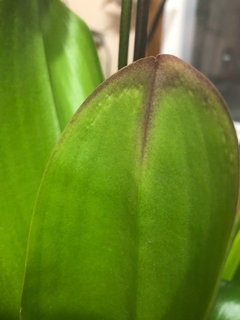
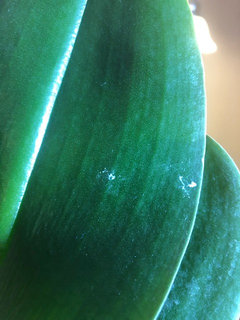
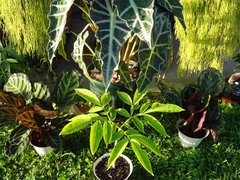
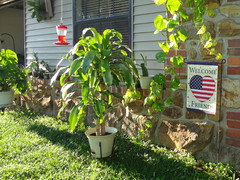
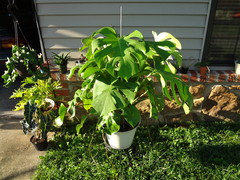
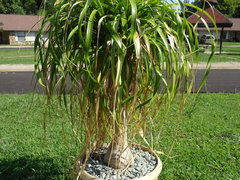
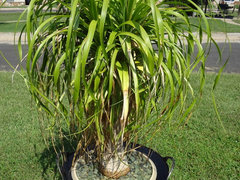




Photo Synthesis